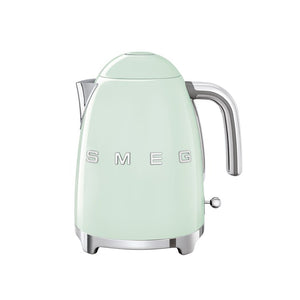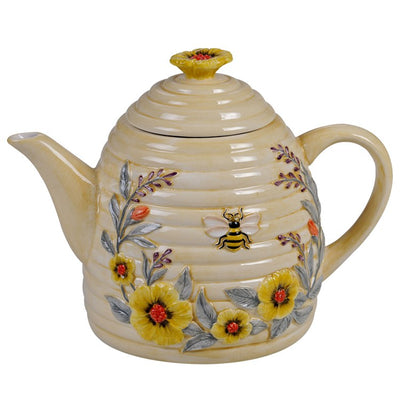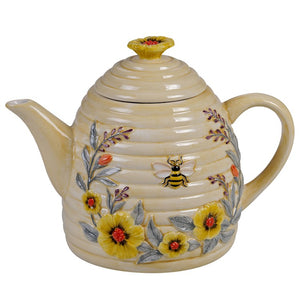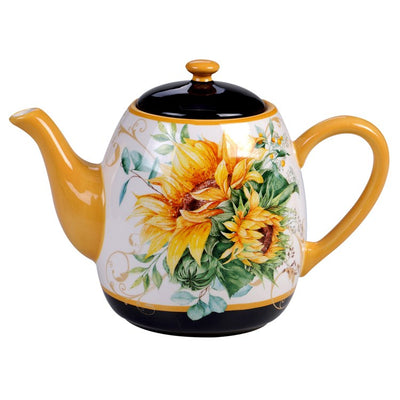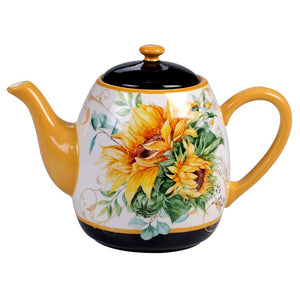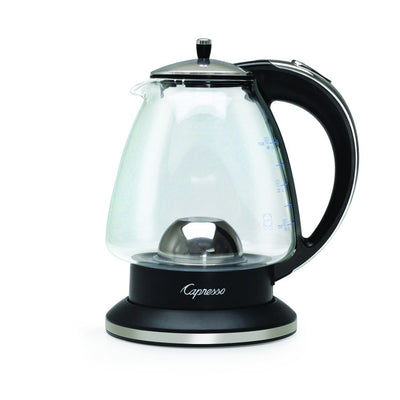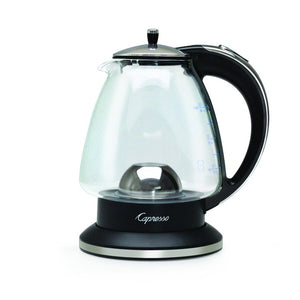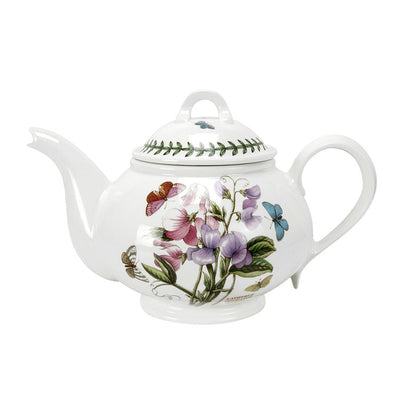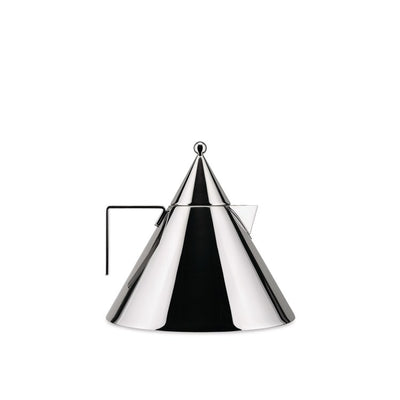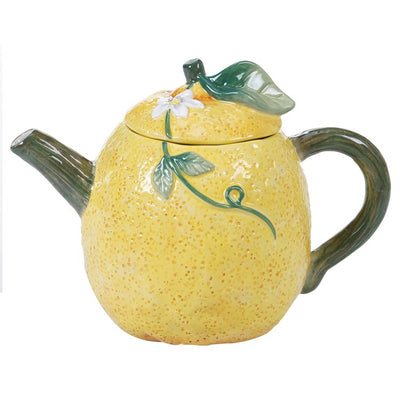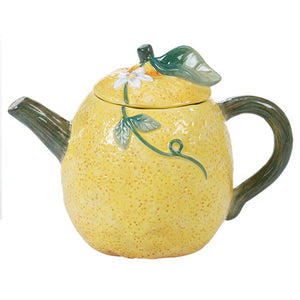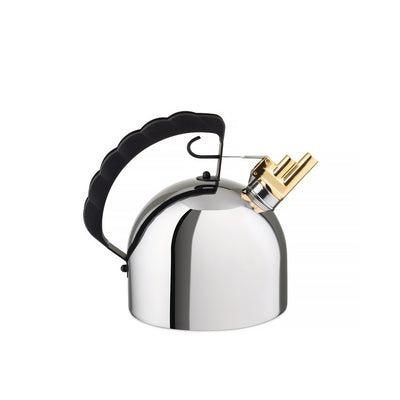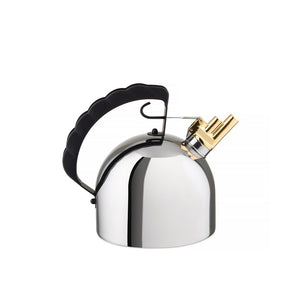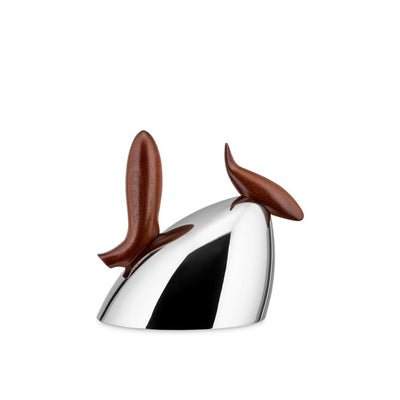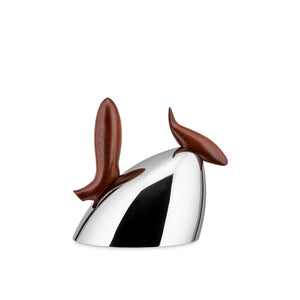Find a Kettle That Complements Your Taste, Boils Your Water, and Enhances Your Ritual
Whether you crave the nostalgic whistle of a stovetop kettle or the modern convenience of a smart electric model, choosing the right kettle comes down to material, heat style, and flavor priorities. Stainless, ceramic, glass—each brings something special to your morning cup.
Stainless Steel Kettles: Durable and Rust-Resistant
Stainless steel blends strength with safety. It resists corrosion and won’t alter water flavor, and many styles work on gas, electric, and induction cooktops. Vacuum-insulated options also lock in heat for longer pours. :contentReference[oaicite:0]{index=0}
Glass & Borosilicate Kettles: Clean and Transparent
Glass kettles offer purity and aesthetic appeal. Borosilicate glass resists high heat without leaching or imparting flavors. Clear walls let you watch water boil—but be mindful; they can chip or heat unevenly if not handled gently. :contentReference[oaicite:1]{index=1}
Ceramic & Enameled Kettles: Elegant and Flavor-Safe
Ceramic and enamel finishes stay neutral and add visual texture to your countertop. Glazed ceramic holds heat well, resists scratches, and avoids heavy coatings—just choose trusted, lead-tested brands for safety. :contentReference[oaicite:2]{index=2}
Whistling Kettles: Sound the Signal with Style
A classic whistling kettle alerts you with charm. It warns you when water’s boiling—no timers needed. Built to last, these kettles make multi-task morning routines easier and more beautiful. :contentReference[oaicite:3]{index=3}
Electric Kettles: Precision with a Plug
Electric kettles handle fast heating and even offer temperature presets for delicate teas. Many auto-shut off after boiling, making them a safe, countertop-ready solution. :contentReference[oaicite:4]{index=4}
FAQs: Tea Kettles
What is the difference between a tea kettle and a teapot?
A tea kettle is designed to heat water, usually made of metal and safe for stovetop or electric heating. A teapot, on the other hand, is used for steeping and serving tea. You boil the water in a kettle, then pour it into a teapot with tea leaves or bags to brew.
Are tea kettles and teapots safe to use on all stovetops?
Most tea kettles work on gas and electric stovetops, but not all are induction-compatible. Always check the product details to confirm whether a kettle is suitable for your stovetop type. Teapots are not made for direct heat. Most are crafted from ceramic, porcelain, or glass and are intended only for steeping tea. Always use a kettle to boil water before transferring it to the teapot.
Which material preserves water flavor best?
Non-reactive bodies—stainless steel, glass, and ceramic—preserve clean taste without imparting metallic or chemical notes. :contentReference[oaicite:6]{index=6}
Are whistling kettles still practical?
Yes—they signal once water boils so you can multitask worry-free, and they add vintage charm to your brew routine. :contentReference[oaicite:7]{index=7}
Do glass kettles crack easily?
Borosilicate glass is tough against heat, but all glass needs gentle handling—avoid thermal shock and use utensils carefully. :contentReference[oaicite:8]{index=8}
What kettle size works best?
Most kettles fit 1 to 2 liters—enough for 4–8 cups. Choose a model that meets your daily needs and fits your stovetop or counter space. :contentReference[oaicite:9]{index=9}
Elevate Your Brewing Ritual
Whether for nostalgic whistling, sleek electric control, clear visibility, or classic ceramic charm, pick a kettle that suits how you brew—not just how it looks. The right kettle enhances both your kitchen and tea experience.


